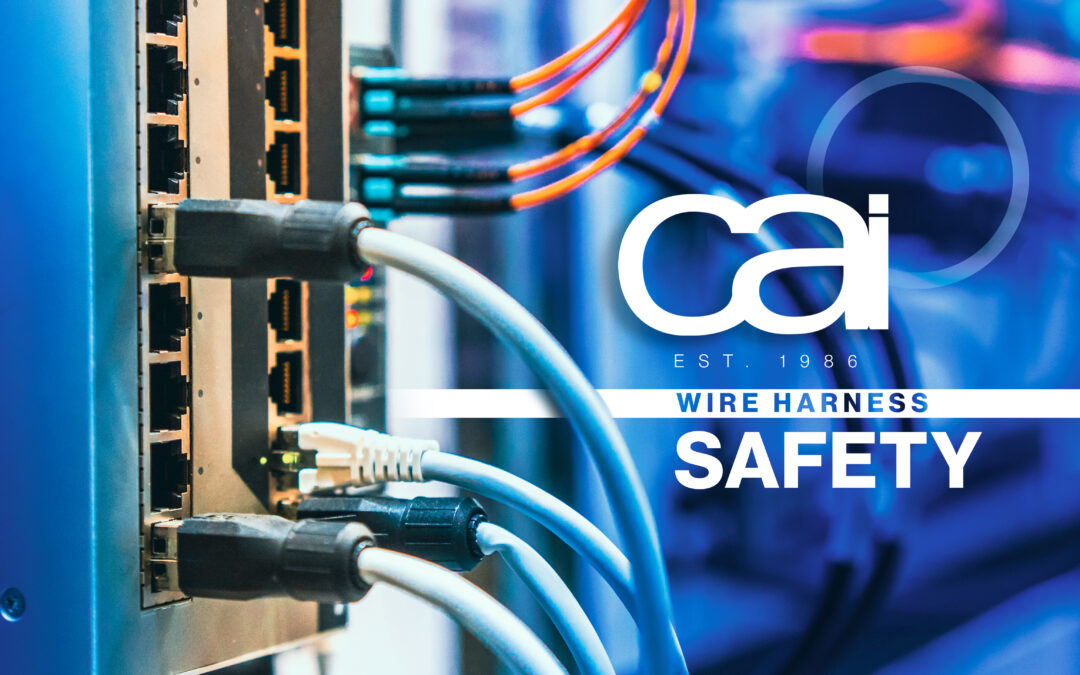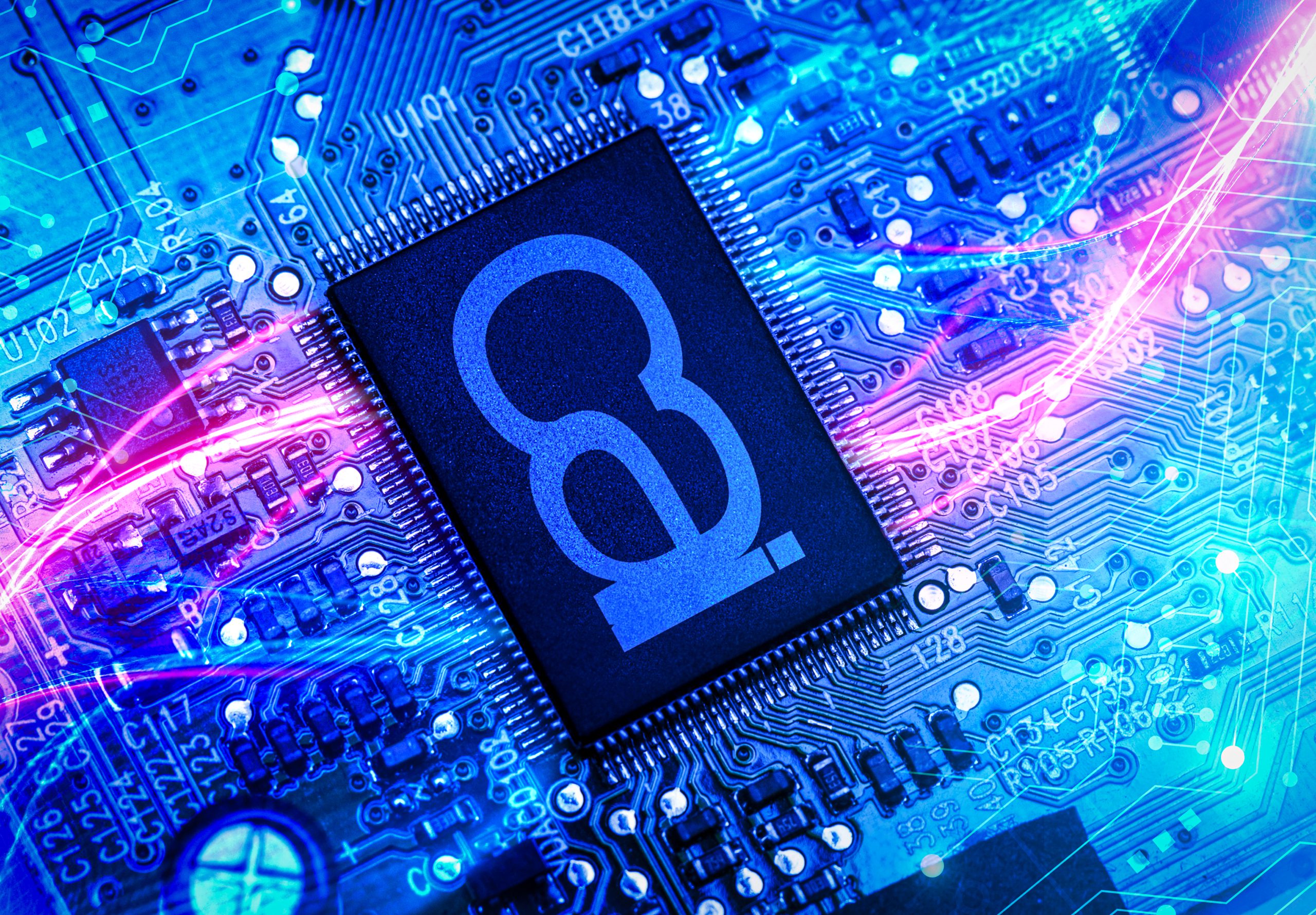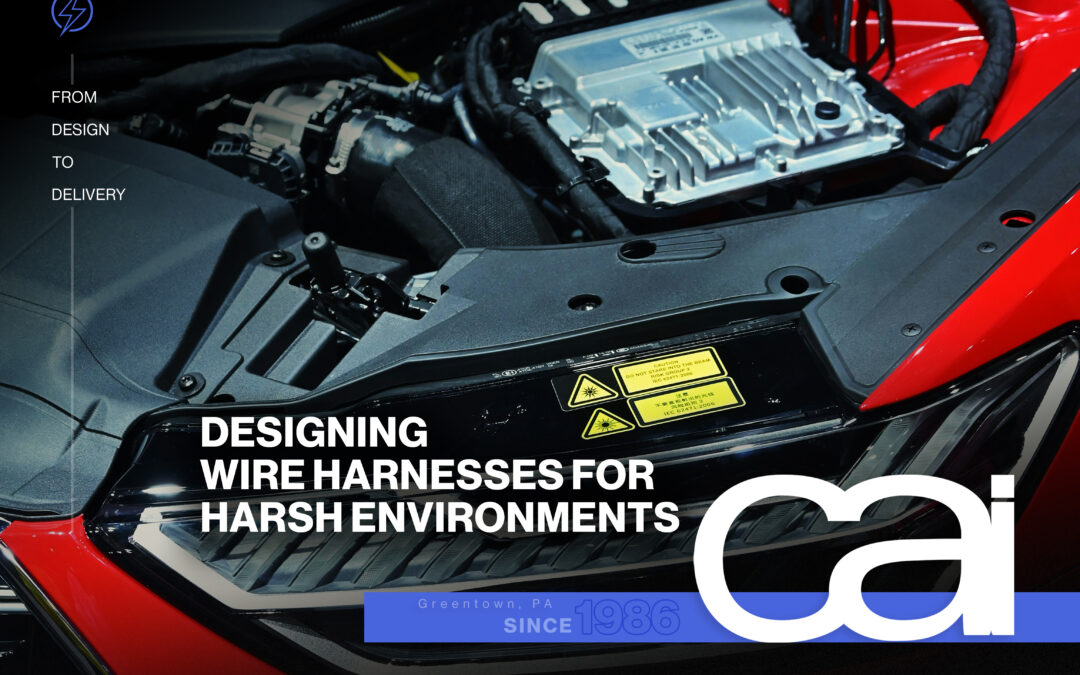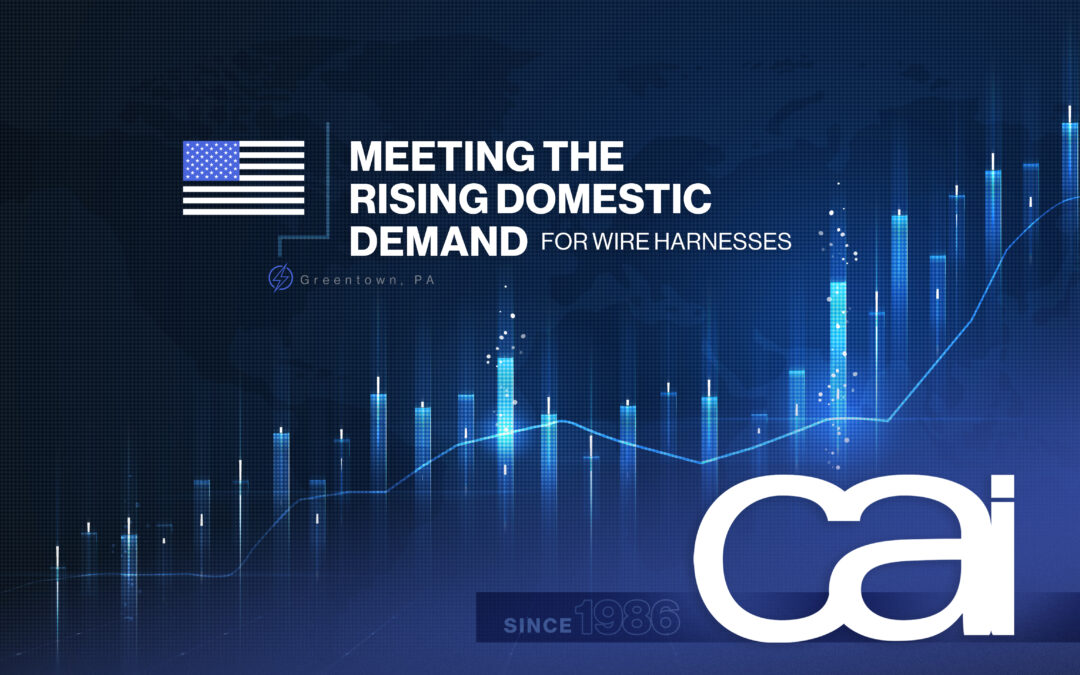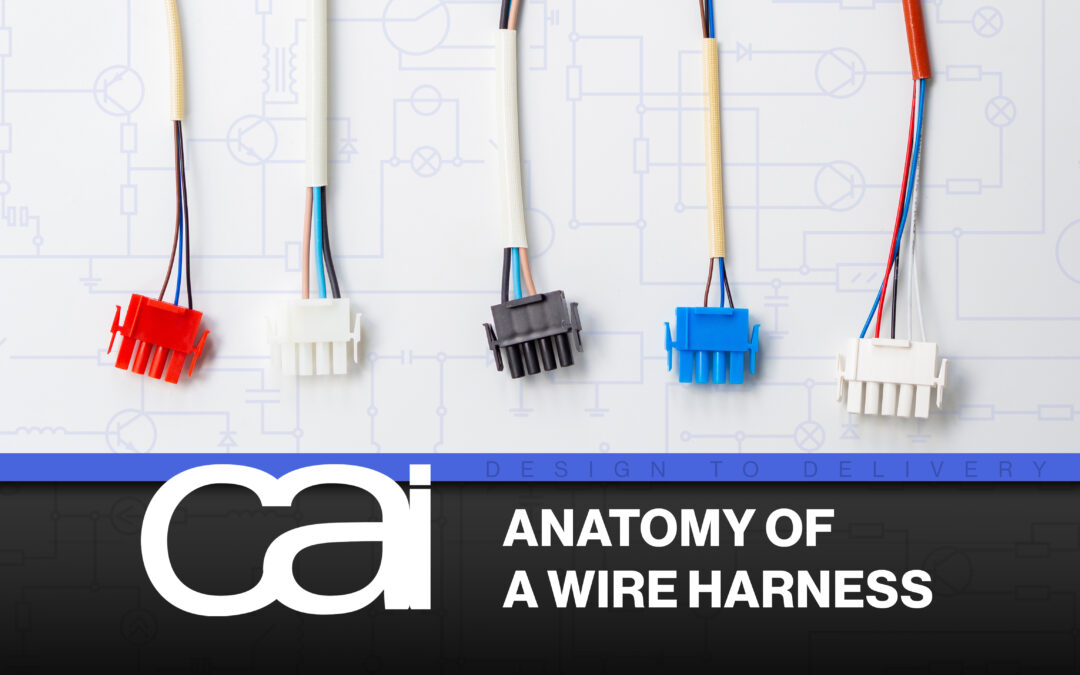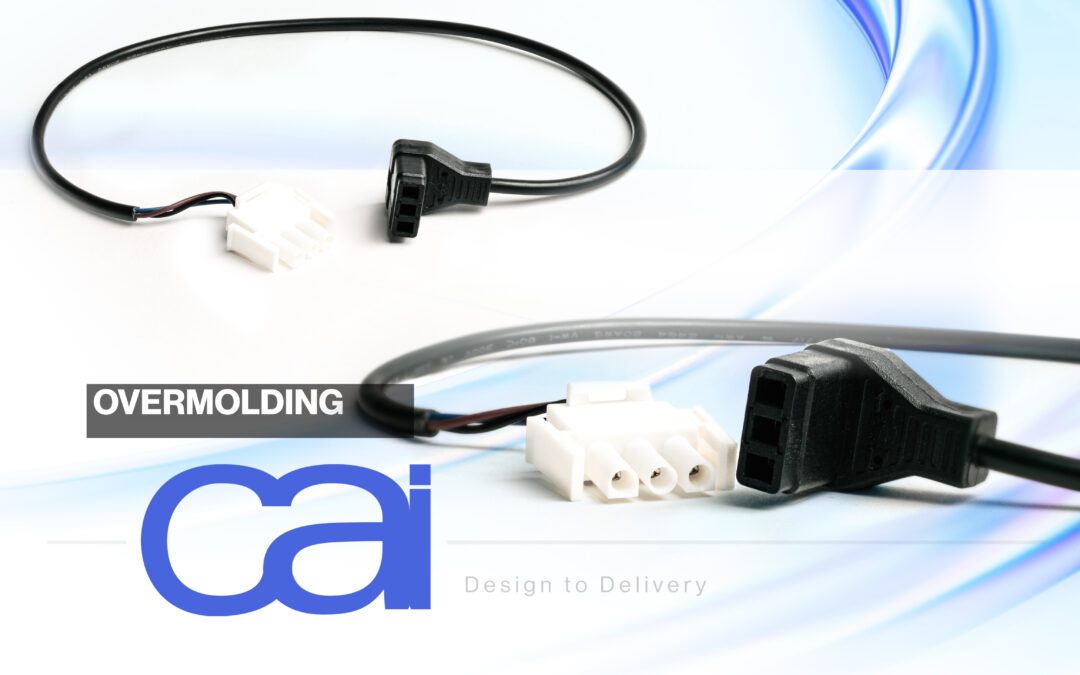Understanding the Common Types of Electromechanical Assemblies
The term “electromechanical assemblies” is a broad one covering everything from full system assemblies, or “box builds,” to wire/cable subassemblies. They rely on the interaction between electrical and mechanical components to efficiently perform key functions in a wide range of high-tech electrical systems, such as computer interfaces, fan/blower systems, and displays. Simply put, such devices use an electrical signal to create mechanical movement or mechanical movement to create an electric signal.
Optimizing the synergy between mechanical and electrical systems, electromechanics play a big part in systems such as DC or AC rotating machines which generate power from a mechanical process (generator) or are used to power a mechanical effect (motor). Hence electromechanical assemblies are essential elements to the operations of most, if not all, industries, including agricultural, military, medical, automotive, and aerospace applications.
Before the advent of modern electronic systems, electromechanics were frequently used in subsystems of devices such as electric typewriters, clocks, and early televisions and digital computers. Many functions once associated with electromechanical devices are now typically carried out by solid-state electronics — electronic equipment that uses semiconductor devices such as transistors, diodes, and integrated circuits (ICs).
At CAI, we have the expert technicians, state-of-the-art equipment, and integrated processes to handle all your electromechanical assembly needs. Contact us today about your project!
These are many different types of electromechanical assemblies, but these are among the most common:
Common Types of Electromechanical Assemblies
Switch & Sensor Assemblies
Controlling systems usually contain a combination of sensor assemblies and switch assemblies. A sensor assembly converts motion, sound, heat, or light energy into electrical signals. A switch assembly either connects or disconnects an electrical circuit.
The standard components in a switch assembly are contacts which control the flow of current to and from the switch; wire harnesses which hold the switch in place; and a switching mechanism (e.g. a toggle device or push-button) which allows for the operation of the device.
Typical components in a sensor assembly include elements which detect external stimuli such as temperature, radiation, pressure, motion, or proximity; housing which protects the sensors; transmitters which transmit collected data; and connection heads which connect transmitters to sensor wires.
Power Supply Assemblies
Standalone or incorporated into appliances, power supply assemblies generate power by converting a current into the correct voltage and format to power at least one electric load.
The most common components for power supply assemblies are a casing which protects the components; transformers which modify the voltage; rectifiers which convert the current from AC to DC; filters which smooth out the DC output waves; and regulators which reduce ripple voltages.
Cable Assemblies & Wire Harnesses
A group of cables or wires designed to improve protection, organization, and performance, cable assemblies and wire harnesses transmit data and signals along their conductors.
Standard components of cable assemblies and wire harnesses include wires and cables; connectors which connect the wires/cables to the device or system; fuses which prevent power surge damage; relays which automatically switch power on and off in high-amperage circuits; insulators which guard against components touching; and ties which secure the units to the device or system.
Panel Assemblies
Many electromechanical assemblies are integrated into panels used to distribute and control electrical power to other connected circuits. Panel assemblies are created by positioning components correctly on the back panel, sawing or punching holes for the components, drilling holes for mounting hardware, and wiring the panel.
DIN Rail Assemblies
Often used for their ability to deliver exceptional mechanical component support, DIN rail (or mounting) assemblies are metal strips used to attach, or mount, different industrial and electrical control components (solenoids, terminal blocks, wiring and cable systems, actuators) as part of an electromechanical assembly.
Transformer Assemblies
Required to transfer electrical energy between two or more electrical circuits, transformer assemblies increase or decrease voltage according to the application specifications. Transformer assemblies generally include primary and secondary windings, a laminated core, insulation, and tanks/accessories (e.g. breathers, cooling tubes, oil conservators).
Electromechanical assemblies are complex units which involve precise design and production utilizing a number of techniques including surface-mounting, soldering, through-hole mounting, and circuit layout. It requires an extensive knowledge of both electrical and mechanical processes and the ability to handle and place delicate mechanical components with ultimate care and precision.
CAI is a specialty assemblies manufacturer who excels in the design and construction of electromechanical and mechanical assemblies. Contact us today to get started on your next custom assembly project.
